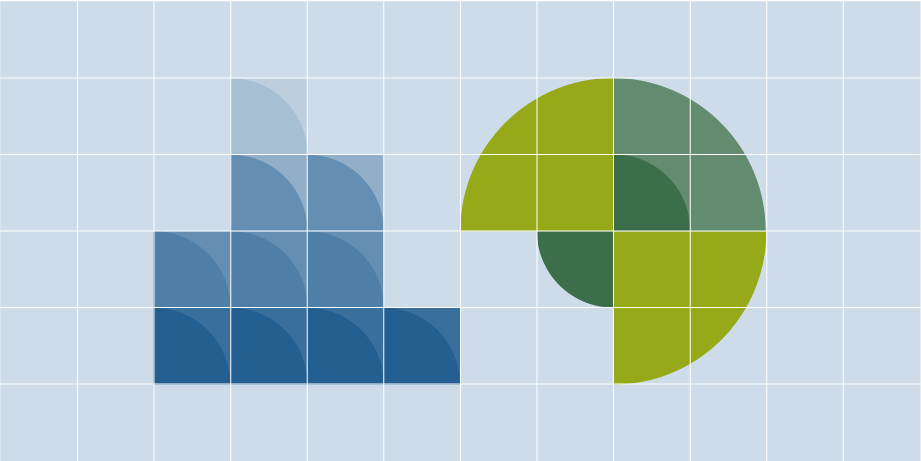Growth Vs Value: What Are The Risks?
Across Europe, measures implemented to contain the COVID-19 pandemic are being gradually lifted. Infection rates are decreasing. At the same time, the capital markets are recovering. Thus, we are currently at the crossroads between crisis and recovery. Which is the smarter strategy in such an environment: Growth or Value?


Dr Volker Flögel
Head of Research
Since the financial markets crisis, value stocks have significantly underperformed the total market. The Coronavirus crisis has intensified this underperformance. Automotive OEMs were forced to halt production; retail companies, airlines and tourism operators were all burdened by the lockdown measures imposed, such as shop closures and travel restrictions. Large Growth stocks, however, are benefiting from the crisis. Netflix, for example, is winning twice as many new customers in a quarter as expected and the Amazon stock, traded at a price-to-earnings ratio (P/E) of significantly above 100, has shown an upward trend of over 20% year-to-date.
Growth beats Value–a trend seen in previous years
Figure 1 illustrates the performance difference between US Growth and Value stocks. Whilst investing in large Growth stocks (red line) between December 2013 and March 2020 yielded an increase in Value of more than 100%, large-cap (yellow) and small-cap (green) Value stocks performed negatively. Meanwhile, the overall market (blue) put in a +50% performance. Of note, small Growth companies also failed to perform better than the market. Therefore, large Growth companies have been the winners in recent years.
Relative performance Value
Value stocks–cheap valuation
The valuation spread, i.e. the difference between the valuation of Growth and Value stocks, has widened considerably due to the outperformance of Growth stocks (cf. figure 2). The blue line represents the price-to-book ratio (P/B) of US Growth stocks versus the P/B of US Value stocks. The current value of 11 means that the P/B of Growth stocks is 11 times higher than the P/B of Value stocks. At 11.5, the valuation spread was only higher at the end of the dotcom bubble.
Value Spreads and outperformance of Values stocks
High valuation spread–basis for a rally?
History shows that the outlook for Value stocks has significantly improved compared to a few years ago. The grey line in figure 2 represents the performance of a long-short portfolio – with a long position in Value stocks and a short position in Growth stocks. There is an obvious connection between valuation spread and the performance of Value stocks: prior to all periods with a particularly strong Value outperformance, the valuation spread was high.
Two of these periods are marked with grey shading in figure 2. The first period began approximately in 1972. The ratio of the P/B of Growth relative to Value stocks was at roughly 8, a high figure compared to the previous years. In the following years, and up to 1978, the portfolio recorded a performance of approximately +125%; the valuation spread narrowed to 4.5.
The second period marked in figure 2 is the dotcom bubble era. As previously mentioned, the P/B of Growth stocks was almost 12 times higher than the P/B of Value stocks. When the dotcom bubble burst in the spring of 2000, Value stocks began to rally, only ending this upward trend at the beginning of the financial markets crisis in 2007. During this period, the long-short portfolio return amounted to approximately 230%. Value stocks are therefore a safe haven in the event of valuation bubbles.
The timing of a Value rally is complex, with the turnaround often occurring very fast. As such, 40% of the 18-month Value underperformance was recovered within the first three weeks following the financial markets crisis.
Value risks
When compared to Growth stocks, relatively cheap Value stocks offer a good investment opportunity, albeit with risks. Above all, there is the current uncertainty surrounding the economic development in the wake of the coronavirus crisis. Anything other than a V-shaped scenario, i.e. a fast recovery following a short and sharp economic downturn, may lead to Growth stocks with high market capitalisation continuing to prosper. The valuation spread could remain on current levels or even widen temporarily.